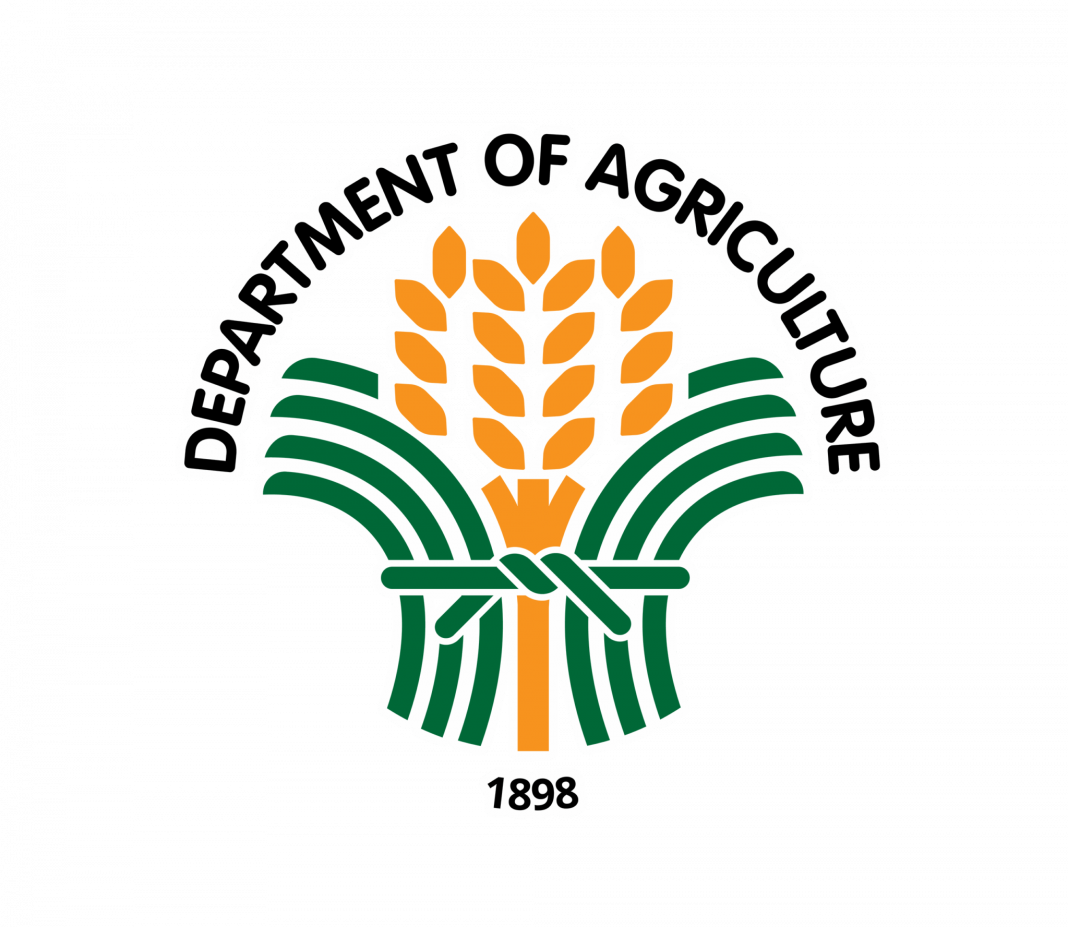The Department of Agriculture plans to soft-launch its Command Center—the digital nerve center that the DA envisages will drive smarter, data-driven management of the food supply chain—in November, Agriculture Secretary Francisco P. Tiu Laurel Jr. said.
In a statement: “When I accepted this Cabinet portfolio, my thinking was ‘produce, produce, produce.’ Nearly two years into the job, I’ve realized that equally as important mantra is ‘manage, manage, manage,’” said Secretary Tiu Laurel, underscoring the shift toward precision and volume.
The Command Center, whose trade data will come primarily from the Osiris system of the Bureau of Plant Industry, will initially zero in on the rice value chain—an essential but challenging staple in the Philippines. Wild swings in rice prices could unsettle economic assumptions, particularly those tied to inflation.
The digital nerve center will consolidate critical data including production, imports, stock levels, different types of the same products, and movements, wholesale and retail prices, consumption rates, production and post-harvest infrastructures, utilization, irrigation coverage, spoilage, global market trends, and etc.
“The DA already have most of these data but they are scattered across various agencies. We must bring them together and make market sense of them, plus gather additional data that we lack, so we can use our limited resources more efficiently and productively,” Secretary Tiu Laurel said.
Rice imports in April and May totaled 970,000 metric tons—more than the country’s average monthly consumption of around 320,000 metric tons—abetting a sharp fall in palay prices that prompted President Marcos Jr. to suspend rice importation for two months starting September 1.
Sharper forecasting of supply and demand that would be provided by the Command Center—paired with the looming restoration of regulatory powers over the rice industry to the DA and National Food Authority through amendments to the Rice Tariffication Law—should help forge a buffer against future price shocks, bringing much-needed predictability and improved incomes for Filipino rice farmers.
The Command Center model will simultaneously be adapted to other key sectors such as high-value crops, livestock, poultry, and fisheries, plus the central registration of all food facilities and cold and dry warehouses with their stock levels—all vital to President Marcos’ vision of a modern agriculture and a food-secure Philippines.




